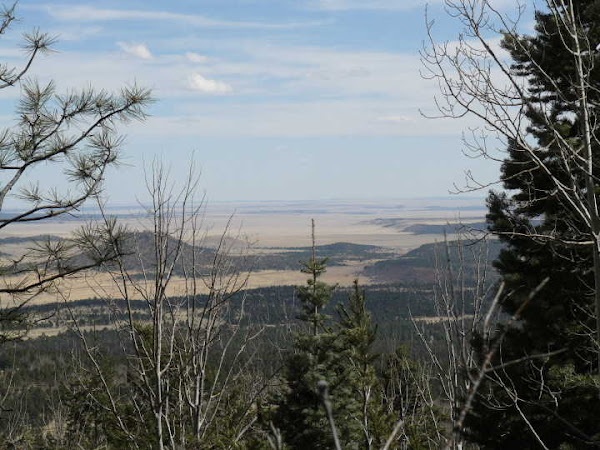A technology used by the oil and gas industry to obtain natural gas is raising major concerns across the United States and is equally suspect for areas being drilled in Western Canada. Called hydraulic fracturing (or “fracking” in the trade), it allows drilling companies to access “unconventional” natural gas deposits trapped in shale, coal-bed, and tight-sand formations – potentially at the expense of underground water supplies.
On August 27, 2009, Reuters reported that the U.S. Environmental Protection Agency (EPA) had found toxic chemical contaminants in drinking water wells near gas-drilling operations in Pavillion, Wyoming, where EnCana has 248 natural gas wells. Calgary-based EnCana is Canada’s second biggest energy company (after Suncor) and is now a major player in B.C., with hundreds of new natural gas wells in the province.
Eleven of 39 water-wells tested in Wyoming by the EPA earlier this year showed chemicals that can cause cancer, kidney failure, anaemia, and fertility problems. Among the contaminants in three of the wells was 2-butoxyehanol (2-BE), a highly toxic solvent often used in fracking.
The ongoing EPA investigation is significant because it is the first time the U.S. federal agency has investigated and documented such well-water contamination close to natural gas drilling sites, although, according to research by the U.S. journal ProPublica, in the last few years there have been more than a thousand similar cases documented by courts and local governments across the U.S.
Currently, companion legislation (S.1215/H.R. 2766) is before both houses of Congress to require regulation of hydraulic fracturing under the federal U.S. Safe Drinking Water Act. On Sept. 10, 160 national, regional, state, and local organizations jointly issued a letter to Congressional representatives, urging them to co-sponsor the “Fracturing Responsibility and Awareness of Chemicals (FRAC) Act,” introduced on June 9. Their letter stated: “Our organizations represent communities across the country that are concerned about drinking water contamination linked to hydraulic fracturing operations.”
Canada has no national water standards and collects little information about groundwater.
Hydraulic Fracturing
Invented in the 1950s by Halliburton Co., hydraulic fracking was initially used for drilling only about one in a hundred natural gas wells, but now it’s being applied to most production in North America. Before the end of 2009, the industry plans to complete at least 4,000 hydraulic fracturing jobs in northern B.C. alone – mostly in the Motney shale region of northeastern B.C. and the Horn River Basin near Fort Nelson.
According to the Oil & Gas Inquirer (June 2009), fracking is also “in high demand” in the Bakken natural gas field in southern Saskatchewan.....continued..........










